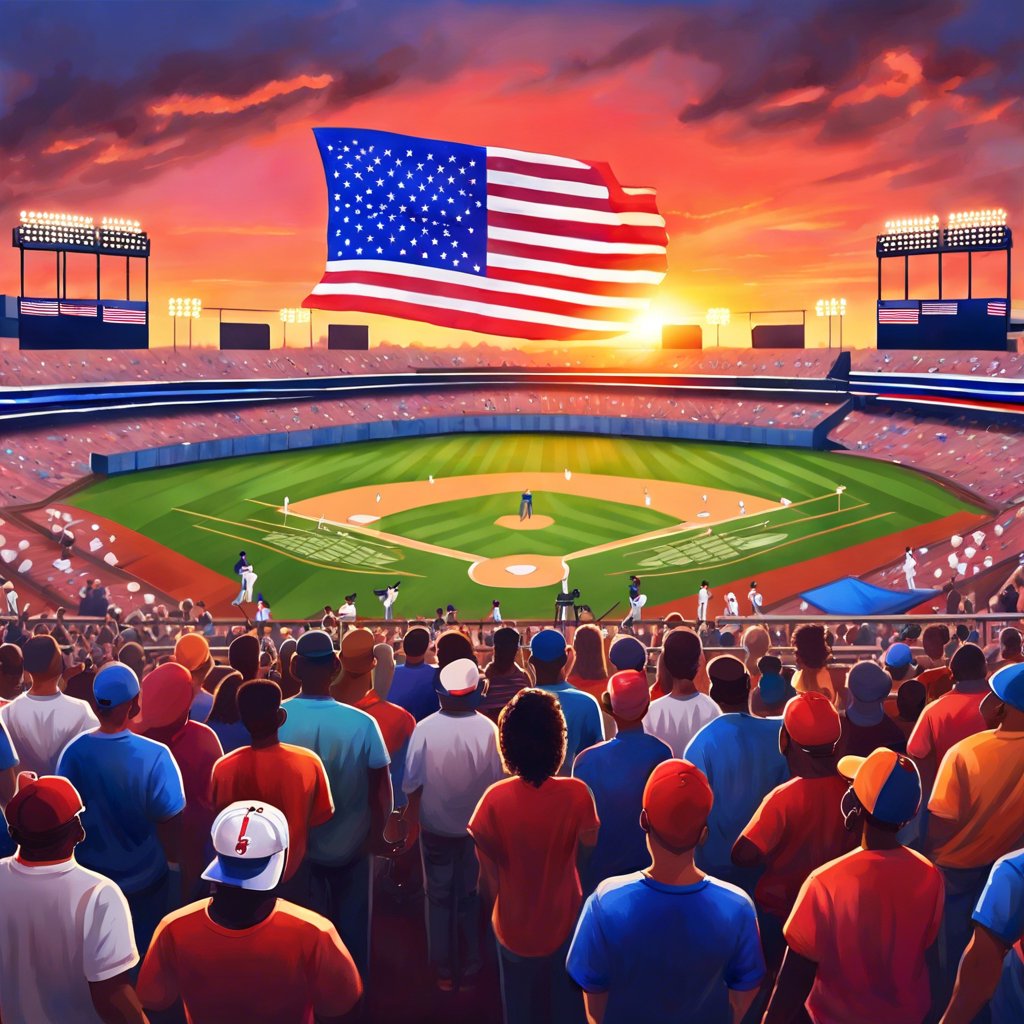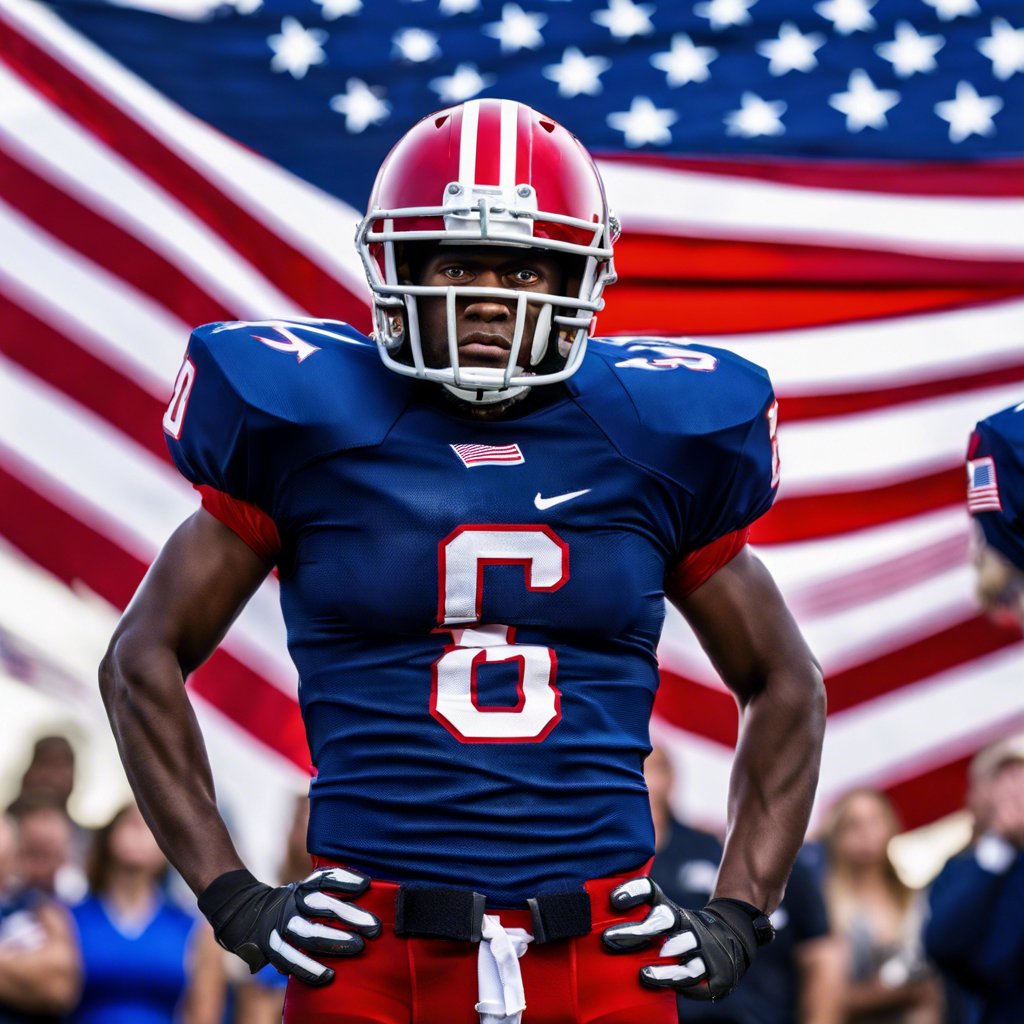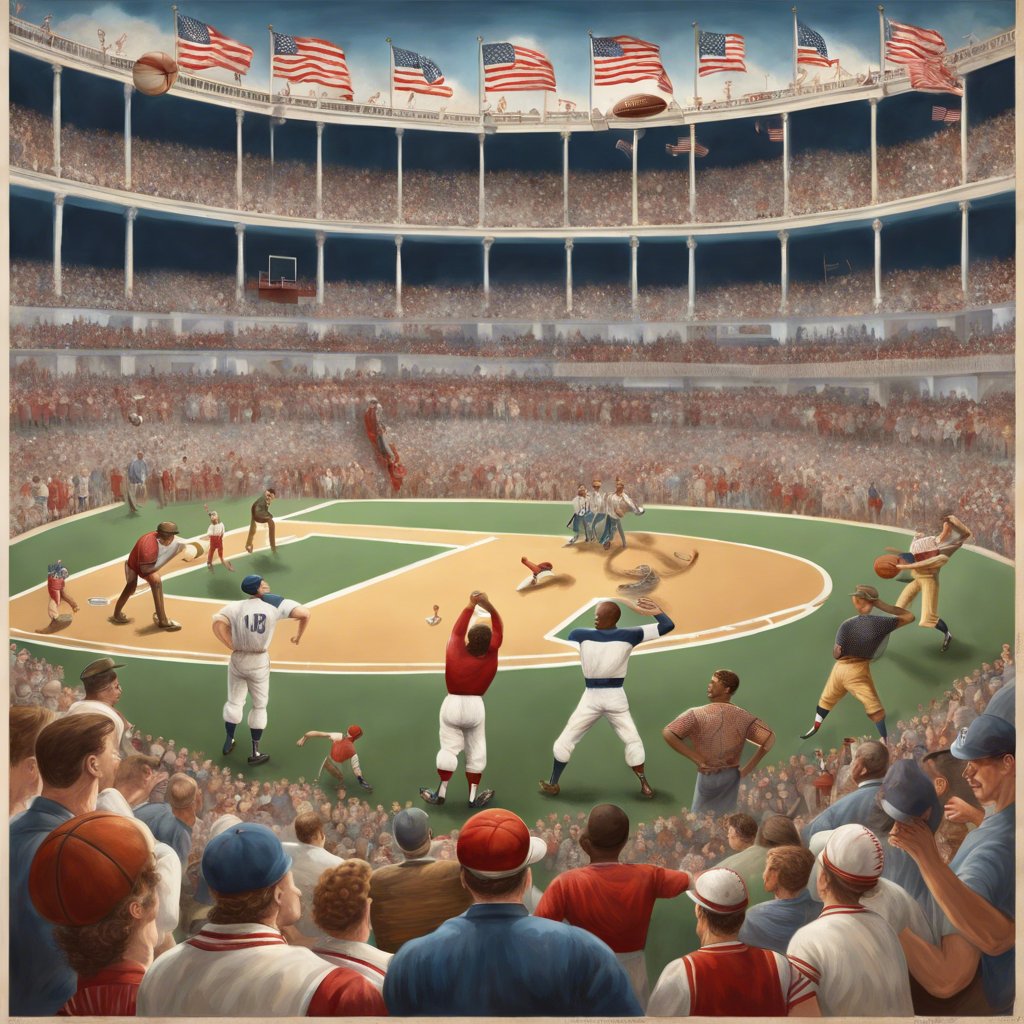The Origins of a National Ritual
On a crisp autumn day in 1918, the first game of the World Series unfolded between the Chicago Cubs and the Boston Red Sox in Chicago. The backdrop of this matchup was the ongoing turmoil of World War I, which had led to a drastically shortened baseball season as many young men of draft age were called to serve their country.
During the seventh-inning stretch, the atmosphere in the stadium shifted dramatically as the military band took to the field. They decided to try something new: an old song that had occasionally graced the baseball diamond during special occasions, such as opening day. This particular rendition had recently been reimagined by a talented ensemble that included the legendary John Philip Sousa. As the band launched into this fresh version of The Star-Spangled Banner, there was no predetermined script; everything that followed was spontaneous and heartfelt.
The players removed their caps and turned to face the American flag, demonstrating their respect and patriotism. Among them was Fred Thomas, an active-duty sailor who played for the Red Sox, who saluted the flag with military precision. The crowd’s reaction was electric: “First the song was taken up by a few,” reported The Times, “then others joined in, and as the final notes rang out, a tremendous wave of melody swept across the field. It was at the conclusion that the spectators erupted into thunderous applause and a cheer that marked the pinnacle of the day’s excitement.”
This poignant moment was so impactful that the band performed The Star-Spangled Banner again during the second and third games of the series. When the venue shifted to Boston, the band there also included the anthem, now played at the start of the game, often accompanied by the presentation of wounded soldiers who were honored with tickets to the event. From that point forward, the song has been played at every World Series game, and in 1931, it was officially designated as the national anthem of the United States. By the time World War II arrived, the advent of electronic public-address systems allowed the anthem to be performed — and eventually sung — at every professional baseball game, not just those featuring live bands.
Today, The Star-Spangled Banner is a staple at nearly all American sporting events, whether professional or amateur. In many other countries, the national anthem is typically reserved for international competitions, making the American tradition unique. Aspiring young vocalists often take the opportunity to sing it at local games, while high-profile celebrities eagerly compete for the chance to perform at grand events like the World Series and the Super Bowl. What began as a spontaneous act of wartime solidarity has evolved into a deeply ingrained ritual — an expectation we now hold as a matter of course.
However, performing the anthem is no simple task, regardless of the circumstances. The song’s melody is notoriously challenging to sing. While amateur performers are generally given a pass — after all, it’s the sentiment that counts — pop stars are held to stringent standards. We expect them to channel their talents to evoke a profound sense of patriotic pride within us. Yet, this is often done within the framework of highly commercialized, big-budget spectacles, in a media landscape that tends to favor novelty over tradition.











